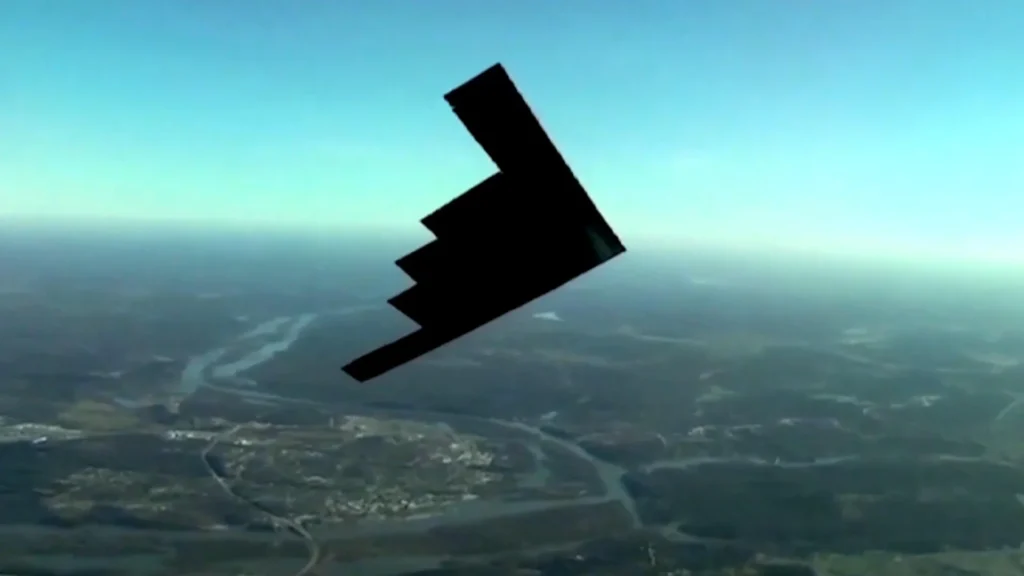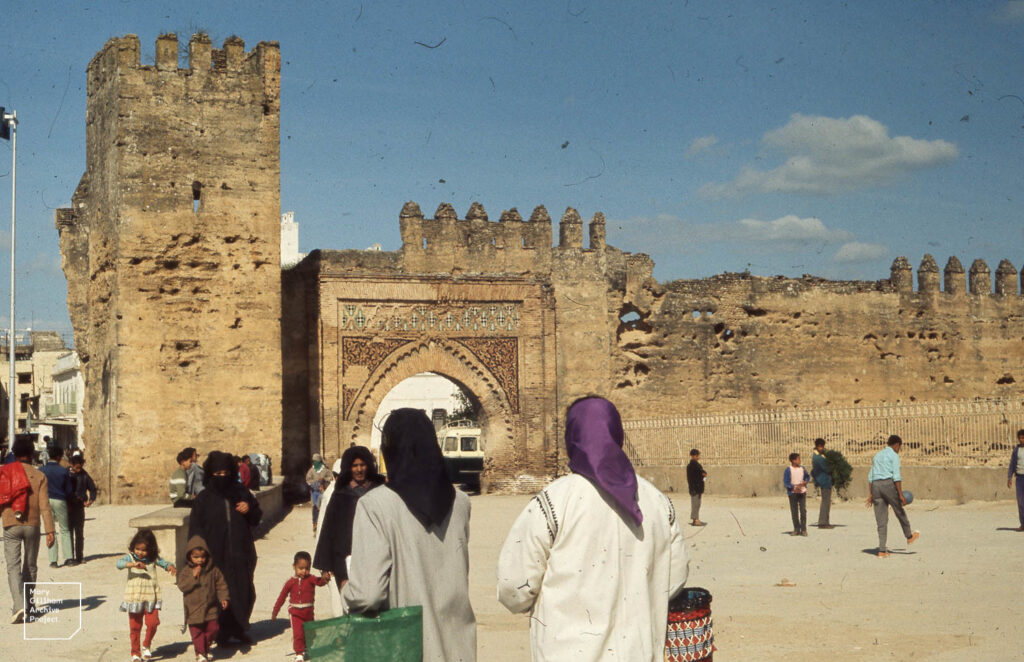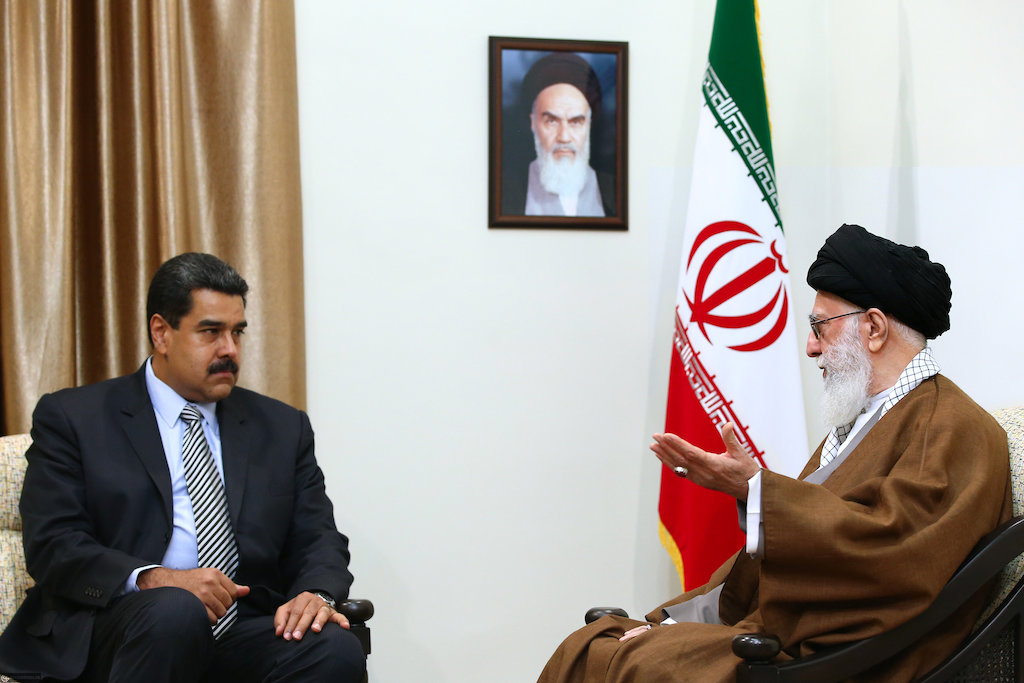IN THE MEDIA
Sometimes a military solution is necessary
June 26, 2025 | Allon Lee

Courier Mail/ Daily Telegraph – 26 June 2025
The Albanese Government’s belated and begrudging support for the US strikes on Fordow, Natanz and Isfahan on Saturday reflected the discomfort of many Western governments at US President Trump’s direct military involvement.
As Foreign Minister Penny Wong said on Monday, “We do call for diplomacy, de-escalation and dialogue because the world does not want to see full-scale war in the Middle East” before citing other Western governments saying similar things.
But the inconvenient truth is that there are times when “war, war” must take precedence over “jaw, jaw”. And it is hard to think of a clearer example than the current one.
It is, of course, too early to assess the full impact of Israel and the US’s strikes on Iran’s nuclear program, but the pictures of devastation tell a story.
For Israel, the equation has been straightforward. The Iranian regime has been very clear it intends to cause Israel’s destruction, and is prepared to make great sacrifices to achieve this goal. Allowing it to build the means to do so would simply have been foolhardy.
Accusations that Trump let Israeli PM Netanyahu lead him into war, abandoning a diplomatic solution to Iran’s nuclear program, ignores the growing body of intelligence showing Iran had recently accelerated its nuclear weapons program in response to Israel’s success in degrading Iran’s regional terror proxies since October 7, 2023.
The Israeli intelligence community’s estimation was that, thanks to secret accelerated work on bomb components, the “breakout time” for Iran to assemble a bomb had fallen to only 15 days.
Moreover, according to Israeli media reports, in October 2024, Iran ordered a massive ramping up of the production of long-range ballistic missiles, with a target of 10,000 missiles to overwhelm Israeli defences.
Understanding these realities is the key to understanding both the rationale for “Operation Rising Lion” – Israel’s campaign over the last two weeks – and its targets, which focused upon Iranian military capabilities that constitute an existential threat to the Jewish state.
This included surface-to-surface missile sites and factories, nuclear enrichment facilities, and eliminating scientists with the institutional knowledge to rebuild the nuclear program in the future.
For the past quarter century, Western-led efforts to persuade and pressure Iran to mothball those parts of its nuclear program unrelated to civilian applications rested on a combination of economic sanctions underpinned by a background threat of military action.
Until the start of Israel’s campaign on June 13, 2025, and US President Trump’s bold intervention on Sunday, the credibility of that military threat was always in question, leading to an attitude of open contempt within the Iranian regime.
US President Barack Obama was accused of being so desperate to secure a deal that he parlayed a strong hand into a weak deal. Yet even after the regime’s signing of the Joint Comprehensive Plan of Action (JCPOA) in 2015 – which crossed nearly every red line that then US President Obama has previously insisted was necessary to achieve a meaningful agreement – Iranian Supreme Leader Ali Khamenei refused to publicly endorse it.
Those demanding that Trump return to negotiations ignore that Iran not only rebuffed the Biden Administration’s determined efforts to revive the JCPOA (which Trump had abandoned in 2018 during his first term) but has been enriching a huge stockpile of uranium to levels far above those needed for any peaceful purpose.
There is nothing to suggest that yet another round of talks would have done anything more than allow Iran to run out the clock.
The roots of “Operation Rising Lion” can ultimately be traced back to Hamas’ massacre of 1,200 people in southern Israel and abduction of 250 more into Gaza on October 7, 2023.
For the Iranian-led “axis of resistance” the enormity of these crimes and Israel’s failure to prevent them reinforced the boastful claim by Hassan Nasrallah – leader of Iran’s Lebanese proxy –that Israel is actually “weaker than a spider web.”
But the opposite proved to be the case.
Despite previous conflicts that ended without a decisive outcome largely because of the restraining hand of Western leaders on Israel, the Jewish state showed it had not actually lost either its resolve or military edge.
Ironically, if Hezbollah and Iran’s other regional proxies – the Houthis in Yemen and Iraqi and Syrian militias – had not decided to join in Hamas’ attacks on Israel, Iran’s “Ring of Fire” infrastructure designed to surround and overwhelm Israel would likely still be mostly in place.
Of course, Israel’s stunning military successes over the last 20 months have come in the face of governments like our own agreeing it has a right to defend itself but then also constantly demanding that its responses should remain tokenistic.
By taking out the Fordow plant, the lynchpin of Iran’s nuclear weapons program, Trump made a vital contribution to an epochal, geopolitical shakeup that has transformed the Middle East over the last 20 months.
With luck and goodwill, there is every chance this contribution will put the troubled Middle East region on a path of peace and progress in the future.
Allon Lee is a Senior Policy Analyst at the Australia/Israel & Jewish Affairs Council (AIJAC).
Tags: Iran, Israel, JCPOA, Middle East, United States





